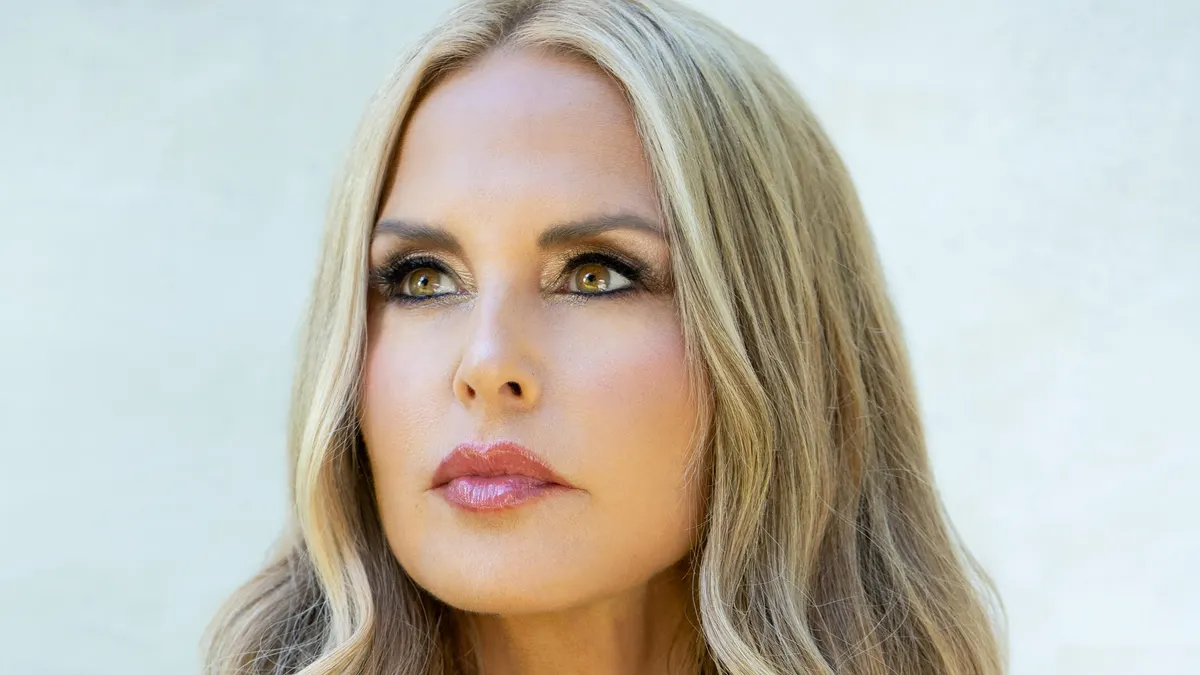The days of teenagers walking around as fresh-faced billboards for popular clothing brands are over. Instead of donning expensive basics emblazoned with “Aeropostale” or “Hollister,” teens are wearing more fashionable clothes—bought at much lower price points.
Spanish apparel maker and retailer Zara is credited for starting what is now known as “fast fashion.” From the beginning, Zara has kept a close eye on the latest styles, churning out clothes in small batches so that it was always ready to flood its stores with another wave of on-trend merchandise. The company develops 10,000 new items each year, and has perfected the process of getting styles from the runway to the rack in record time.
That approach has caught on, in a word, fast. These days, the field is crowded with fast-fashion retailers like H&M, Forever 21, Uniqlo, Bebe, and the limited edition offerings by Target. And the list is getting longer. Last week, in an "if you can't beat 'em, join 'em" maneuver, Abercrombie & Fitch announced it was taking its Hollister brand into fast fashion, making changes to speed up its supply chain, revamping products, and lowering prices. The retailer is also looking for a new president with fast-fashion experience.
How long will fast-fashion last?
Despite the recent moves by many retailers to get on the bandwagon, some observers aren’t sure how long the fast-fashion model will remain successful. Designer and chief creative officer Michael Kors, whose eponymous company is enjoying immense success in the upscale end of fashion, doesn’t believe teens will remain happy with cheap, super-trendy clothes.
“This generation of teenagers is going to start shopping very differently when they reach their twenties — I think they’re going to have an aversion to the idea of disposable fashion,” Kors recently told Women’s Wear Daily. “It’s a concept that today's twenty-somethings grew up on and I have a feeling that today’s teenagers with their sophistication aren’t going to buy into that. They’re likely to rebel because they don’t want to be like the generation before them, and will actually want to spend money on things that will last, and versatility and sustainability.”
Of course, that remains to be seen. But there’s another factor that could push that phenomenon toward reality: the improving economy.
Online-only retailer zady.com is a clothing company that believes Kors is right, taking a “slow-fashion” approach based on consumers’ increased interest in whole, organic, and locally produced goods.
“Zady began with a grand vision,” reads the company’s website, which, unlike most apparel retailers has a mission statement, “to combat the fast-fashion craze by providing a platform for only those companies that care about timeless style and solid construction.” It later expands upon this idea, stating: “Zady provides an alternative to today's ‘fast-fashion,’ a fad demanding consumers buy more and more instead of buying 'good.' We should not be compelled to accept throwaway goods as a way of life; we can instead take pride in the style and integrity of each and every piece we own.”
It’s a nice pitch, but it’s unlikely that the people flocking to fast-fashion retailers are the ones to shop at Zady: After all, the retailer’s “boyfriend pj top” is listed at $178.00; bottoms sold separately.
Pressure to improve sustainability, ethics
Still, many of today’s young people frown on some of the dubious practices of the retail industry, that, in part because of the price pressures, fast-fashion retailers have been guilty of. In her book Overdressed: the Shockingly High Cost of Cheap Fashion, Elizabeth Cline, a self-proclaimed recovered fast-fashion addict, says the “disposable clothing” industry is harming the environment, is treating its workers terribly, and is generally wasteful and essentially, bad for the soul.
And consumers care about that. After facing blistering criticism in 2010 for its policy of purposely ruining and disposing of unsold clothing, H&M has recently put effort into improving its sustainability and labor practices, for which even some watchdogs are giving qualified kudos.
The very demographic that is attracted to fast-fashion retailers is also the most aware and concerned about many sustainability issues. Retailers will not be able to win them over forever without taking steps to ensure that the clothes were made in the most environmentally and people-friendly ways possible.
The future
Fast fashion a decade ago was an innovation that has transformed retail in the apparel industry, but it may be due for some alterations. The new frontier could be in quality. As today’s young people grow up and as the economy ticks up, they will likely begin to think increasingly about value, and not just price.
In fact, fast-fashion mainstay H&M just this week announced that it will be bringing its COS stores, which feature higher-end, higher quality apparel, to the U.S. H&M in April will open a COS (for "Collection of Style") in New York's Soho district, where it tested a successful COS pop-up last year, the company said.
“We’re going to see it circle back to a very old-school term, the idea of fashion as an investment,” Michael Kors said. “Because guess what? The least green thing you could do is engage in disposable fashion.”
Would you like to see more retail news like this in your inbox on a daily basis? Subscribe to our Retail Dive email newsletter! You may also want to read Retail Dive's look at the importance of a retailer's return policy in customer relations.






















